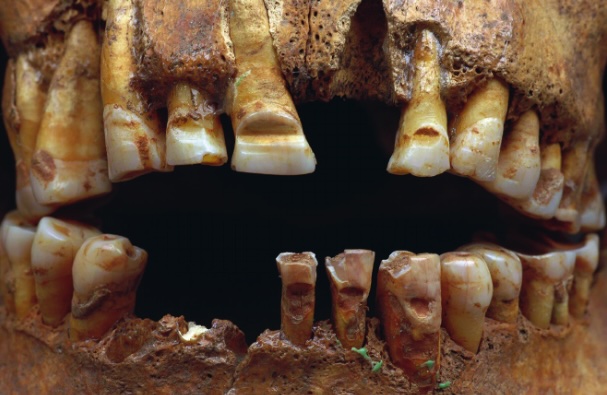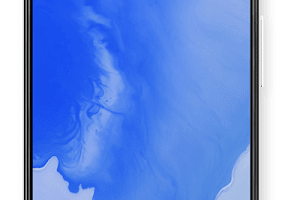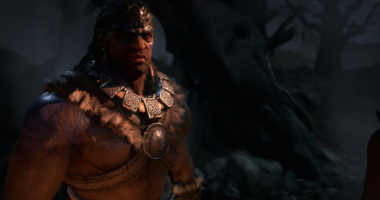AN ANCIENT set of teeth from the Viking era has revealed signs of a brutal “initiation ritual” that marked their social identities.
Damnnig new evidence found after studying 1000-year-old remains of a man shows the Vikings filled horizontal grooves into the teeth that apparently helped them to identify as merchant men.
Archaeologists Matthias Toplak of the Viking Museum Haithabu and Lukas Kerk of the University of Münster in Germany found the bizarre tooth filings in the remains of 130 males from the Baltic isle of Gotland.
Masterfully filled horizontal grooves have been found inside the skulls of men from Sweden and Denmark in a practice that experts think may have persisted for years.
Research suggests that these teeth fillings were found in places known to support trading – and that all individuals with filed teeth appear to be adult men.
They have been analyzing the modifications closely, looking for a possible explanation for the bizarre methods.
more on vikings
The research paper by Haithabu and Lukas Kerk reads: “The society of Viking Age Gotland utilised the customs of tooth filings as an internal sign system in their communications.
“As a conscious and actively chosen embodiment of adults, predominantly male, we have argued that tooth filings were primarily intended for endogenous interpersonal communication – members of a certain social group could identify each other.
“We theorise that the custom of tooth filing might have been linked to trading activities of larger groups of professional merchants.
“According to this theory, they might have functioned as a rite of initiation and sign of identification for a closed group of merchants, as some kind of precursor to the later guilds.”
Most read in Science
Scientists previously thought tattoos were the only form of body modification used in the Viking age, but now suggest that Vikings purposely deformed their skulls as well.
Instances of an intentional reshaping and elongation of the skull associated with the Viking Age have been found in three Gotland women.
The paper adds: “This embodiment also expressed a form of endogenous interpersonal communication, that is as communication within a larger cultural group.”
“The skull modification was imposed on the three females during their earliest childhood to express their affiliation to a certain social group.
“This embodiment also expressed a form of endogenous interpersonal communication, that is as communication within a larger cultural group.
“While both forms of body modification have received wide attention in other cultural contexts, the specific expressions of these customs in Viking Age society still lack systematic investigation in terms of their social implications.”
A brief history of the Vikings…
THE Viking Age is a period in European history and dates from around 800 to 1050AD
Some groups of Vikings did live on for a bit longer after this period in different countries across the globe
They originated in Scandinavia and travelled all over the world on their famous Viking ships
The Vikings were known for raiding and trading from their homelands across wide areas of northern, central and Eastern Europe, during the late 8th to late 11th centuries – now become known as The Viking Age.
They carried out many raids on Anglo-Saxon Britain – the first recorded raid was in 793.
And they continued to make regular raids around the coasts of England, looting and capturing people as slaves.
Gradually, the raiders began to settle and stay in the British land they had seized – mainly in the east and north of England.
In 866, the Vikings captured modern York (Viking name: Jorvik) and turned it into their capital.
The Viking raiding did not stop – different bands of Vikings made regular raiding voyages around the coasts of Britain a few hundred years after this.
Vikings created a trade network that spanned the globe and evidence of similar house styles, jewellery, tools and lots of other everyday equipment can be found in many different countries
The Viking Age in Britain ended when the Norwegian king Haraldr harðráði was killed at the Battle of Stamford Bridge in 1066
Vikings are usually depicted as having horns on their helmets but there is only one well-preserved helmet from the Viking Age and this does not have horns











